Even now, when I’m putting things in alphabetical order, or looking through a dictionary for a word, I find myself quietly singing in my head: “H, I, J, K …” or whatever alphabet string I’m needing at the time. It’s ubiquitous. At least for me.
Most little kids receive alphabet books when they’re preschoolers, and alphabet books are a standard in preschools and at library story hours. We want little kids to become familiar with the letters of the words that make up our language, both upper case and lower case letters. And not just the names of the letters, but also the sounds those letters make. We sing them, we say them, we use them, we explain them (as in: “Yes, honey, I know it looks like it should say ‘takee,’ but it says ‘tayk.'”)
So we read those alphabet books, and all the other books, and try our best to plow that language into little kids’ brains so they’ll be competent readers and learners even before they start school and “formal” education.
When Peter was last here, he’d gone out to ride his tricycle in the driveway, the morning I was taking him back to Fort Worth. After a couple of days of hurricane-generated rainfall, the sky was still cloudy, but the streets and sidewalks were dry. “Look, Mimi!” he called. “Come take a picture.”
- I went to look, and he had discovered a worm that had ventured out on the wet concrete, and then not been able to get himself back to the grass and dirt when things dried up. “It’s a dead worm letter ‘L,'” he said. “Yes,” I said. “It certainly is.”
- He called me over to see another one. “Here’s a dead worm ‘J.'” I took its picture, too.
- “Here’s an ‘O,'” he called out to me, and I went to photograph the “O.” “My mom and I are making a dead worm alphabet book,” he said. Aha. That explains the interest.
- And this one bears a strong resemblance to an upper case “Q.”
On Amazon, there are pages and pages of alphabet books, with about 20 books listed per page. And that’s just on Amazon. We really want kids to learn the building blocks of our system of reading.
I was particularly interested in The Icky Bug Alphabet Book. I looked at the pages that were available to preview, and took issue with the idea that dragonflies and fireflies are “icky.” Earwigs? Oh, yes. But they do include a disclaimer that only two of the “bugs” they describe are actually “true bugs.” A couple of spiders are included–arachnids. And the rest are different kinds of insects, which, even though we call them “bugs,” are not actually true “bugs.” So, alphabet and science!
Anyway, The Dead Worm Alphabet Book may never make it to publication. Or, April and Peter may need to resort to collecting some live worms and try to arrange them into a few pages of living worms alphabet illustrations. I’m hoping to get some photography credit for my contributions.
Your words are a flashlight to light the path ahead of me and keep me from stumbling.
Psalm 119:105 (The Living Bible)
Being a fluent reader means being able to read, for ourselves, all the important books and articles that can help us learn and become the people God planned for us to be. We can read, for ourselves, the Scripture, the commentaries, the sermons, and all the resources that are available for us. And for a lot of us, it all started with an alphabet book.
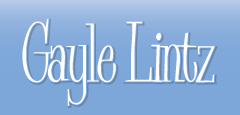
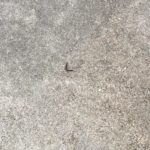
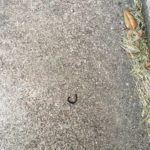
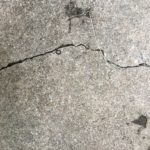
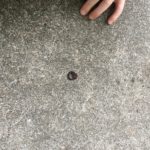
always amazed at how great a grandmother and nurturer you are, have been, & continue to be to Peter and all the little ones in your life. How is everyone else…Joanne and her family as well as Kevin, April, Peter, Jeremy & Sarah?
Miss you so Thankful for these updates!
What a wonderfully morbid alphabet lesson..LOL!! I was not aware that “bug” was a scientific term…I always thought it was vernacular for any crawly thing…guess I missed that science lesson!
https://www.amentsoc.org/insects/fact-files/a-to-z-of-insects.html
In case you’re not able to go to sleep some night, this is from the
Amateur Entomologists’ Society home page. Or in case you need to identify some crawly thing.
That sounds just like Peter. I collect alphabet books so I’d like one if it is ever published.
Let April know! She’s probably making a list of folks who’d also enjoy The Dead Worm Alphabet Book.